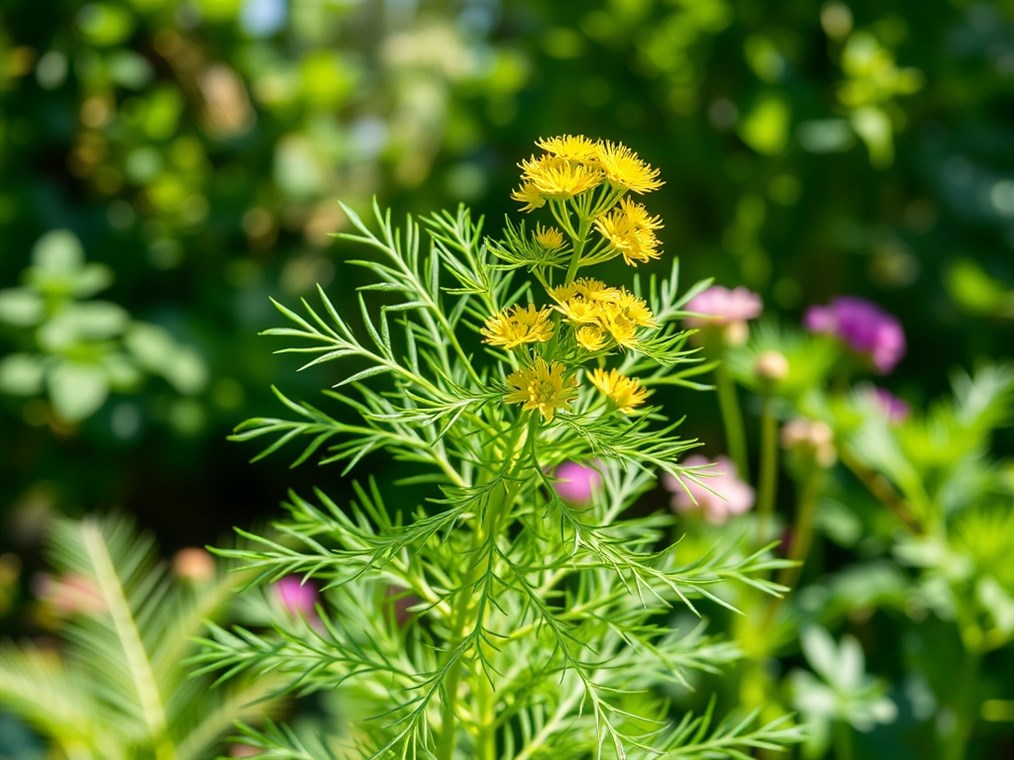Decoding Dill: What Does This Herb Look Like?
Dill. Just the name conjures up images of summer pickles and creamy dips, doesn’t it? But have you ever stopped to really look at a dill plant? It’s more than just a feathery green thing; it’s a fascinating herb with a lot going on. Whether you’re a green-thumbed guru or just starting to dabble in the kitchen, knowing your dill is key. So, let’s dive in and explore what makes this aromatic herb so recognizable.
The Big Picture
Dill plants aren’t exactly towering giants, usually reaching somewhere between 1.5 to 5 feet tall. Think of them as annuals – they live fast, die young, and leave a tasty legacy all in one season. Now, dill sometimes gets mistaken for its cousin fennel, and I can see why. But trust me, once you catch a whiff of that unmistakable dill aroma, you’ll know the difference. Plus, dill has these cool, hollow stems. And the best part? The whole darn plant is edible! It’s got this lovely, savory flavor that brightens up any dish.
Those Feathery Fronds: The Signature Look
Okay, let’s talk leaves. The foliage is where dill really shines. They’re alternate, meaning they grow on either side of the stem, and they’ve got this blue-green hue that’s just gorgeous. But what really sets them apart is how finely divided they are. It’s like nature’s own delicate fern. People often call these leaves “dill weed” to keep them separate from the seeds. They’re super soft, super aromatic, and those tiny leaf divisions? We’re talking super narrow – just a millimeter or two wide! Fresh or dried, they’re a flavor bomb waiting to happen.
Stems: Slender Support Systems
The stems are slender and stand tall, usually reaching 2-3 feet. Sometimes, though, they need a little help staying upright, especially when the wind kicks up. Think of them as the plant’s backbone. They often have a sort of dusty coating, and if you look closely, you’ll see these faint white lines running up and down.
Flowers: Sunny Umbrellas
Come midsummer, dill puts on a show with fragrant, yellow flowers. They bloom in these amazing umbrella-shaped clusters – botanists call them compound umbels. Each tiny flower is made up of five petals, all spiraling around the center. Honestly, they’re beautiful! And guess what? They’re edible too! They taste a lot like the leaves, and they’re a magnet for good bugs, like pollinators, in your garden. It’s a win-win!
Seeds: Tiny Flavor Bombs
After the flowers fade, dill gives us its seeds. Well, technically, they’re not true seeds, but rather a type of dry fruit called schizocarps. But who’s counting? They’re light brown, oval-shaped, and about the size of a grain of rice. Look closely, and you’ll see tiny ridges running along their length. These little guys are packed with flavor – warm, slightly sharp, and oh-so-aromatic. They’re a must-have for pickling, trust me.
Roots: Down to Earth
Dill grows from a taproot, kind of like a carrot. This means it’s not a huge fan of being moved around. So, if you’re planting dill, it’s best to sow the seeds right where you want them to grow.
Dill’s Many Faces: Varieties to Know
Did you know there are different kinds of dill? Here are a few worth knowing:
- ‘Fernleaf’: This one’s a compact cutie, perfect for pots. It stays small – only about 18 inches tall – and it’s slow to bolt, which means it won’t flower too quickly.
- ‘Bouquet’: This variety is a seed-making machine! It’s also great for cut flowers.
- ‘Mammoth’ (or ‘Long Island Mammoth’): As the name suggests, this one’s a giant! It can reach 3 feet or more and is fantastic for pickling.
- ‘Dukat’ (or ‘Tetra’): If you want a dill with a serious punch of flavor, this is it. It’s also a beautiful bright green and resists bolting.
Growing Your Own Dill
Want to grow your own dill? It’s easier than you think! Dill loves sunshine and soil that drains well. A slightly acidic to neutral pH is ideal. Just sprinkle the seeds directly into your garden in the spring, once the danger of frost is over. Dill’s a pretty low-maintenance plant, and it’ll even reseed itself, giving you a steady supply year after year. Just remember to water it regularly, especially when it’s hot, to keep it from flowering too early.
The Final Word
From its feathery leaves to its sunny yellow flowers and aromatic seeds, dill is a truly special herb. Now that you know what to look for, you can confidently identify dill and enjoy all the deliciousness it has to offer. Happy growing!

